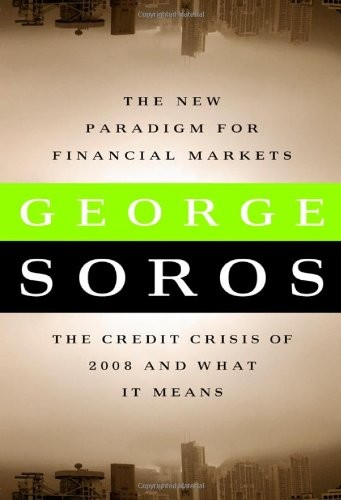The Trillion Dollar Meltdown Easy Money High Rollers and the Great Credit Crash by Charles R
Post on: 7 Август, 2015 No Comment

Community Reviews
Behind the alphabet soup of Wall Street acronyms (CDO, SIV, RMBS), what is it that our great financial engineers actually do? Charles R. Morris understands the process from the inside, brilliantly summarizing the mathed-up hocus-pocus that got us into the current mess. I found this vignette particularly compelling:
Consider the tale of Travelport, a Web-based reservations company. The Blackstone private equity firm and a smaller partner bought Travelport in August 2006. They paid $1 billion of Behind the alphabet soup of Wall Street acronyms (CDO, SIV, RMBS), what is it that our great financial engineers actually do? Charles R. Morris understands the process from the inside, brilliantly summarizing the mathed-up hocus-pocus that got us into the current mess. I found this vignette particularly compelling:
Consider the tale of Travelport, a Web-based reservations company. The Blackstone private equity firm and a smaller partner bought Travelport in August 2006. They paid $1 billion of their own money and used Travelport’s balance sheet to borrow an additional $3.3 billion to complete the purchase. They doubtless paid themselves hefty investment banking fees, which would also have been billed to Travelport.
After seven months, they laid off 841 workers, which at a reasonable guess of $125,000 all-in cost per employee (salaries, benefits, space, phone, etc.) would represent annual savings of more than $100 million.
And then the two partners borrowed $1.1 billion more on Travelport’s balance sheet and paid that money to themselves, presumably as a reward for their hard work. In just seven months, that is, they got their $1 billion fund investment back, plus a markup, plus all those banking fees and annual management fees, and they still owned the company. And
note that the annual $100 million in layoff savings would almost exactly cover the debt service on the $1.1 billion. That’s elegant-what the financial press calls creating value. Another word that springs to mind is looting.
Morris also spends time at the end of his book reflecting on inequality at the end of the book, swiftly dispatching the Cato-based apologists for current trends.
Between 1980 and 2005, the top tenth of the population’s share of all taxable income went from 34 percent to 46 percent, an increase of about a third. The changing distribution within the top 10 percent, however, is what’s truly remarkable. The unlucky folks in the 90th to the 95th
percentiles actually lost a little ground, while those in the
95th to 99th gained a little.
Overall, however, income shares in the 90th to 99th percentile population were basically flat (24 percent in 1980 and 26 percent in 2005). Almost all the top one-tenth’s share gains, in other words, went to the top 1 percent, or the top centile, who doubled their share of national cash income from 9 percent to 19 percent.
Even within the top centile, however, the distribution of gains was radically skewed. Nearly 60 percent of it went to the top tenth of 1 percent of the population, and more than a fourth of it to the top one-hundredth of 1 percent of the population. Overall, the top tenth of 1 percent more than tripled their share of cash income to about 9 percent, while the top one-hundredth of 1 percent, or fewer than 15,000 taxpayers, quadrupled their share to 3.6 percent of all taxable income.
Among those 15,000, the average tax return reported $26 million of income in 2005, while the take for the entire group was $384 billion.
Morris’s book is exceptional because he simultaneously grasps the technical details of the financial crisis and the money-driven politics that gave us the regime that made it possible. I can’t recommend this book highly enough. These chilling words are as accurate a portrait of our current direction as I’ve read in some time:
A broad[:] pattern of official and unofficial initiatives
seem aimed at permanently locking in the advantages
of America’s new baronial class. There is no conspiracy
against the poor and the middle class. It’s more the inevitable
outcome of our current money-driven political system combined
with ‘the disposition to admire, and almost to worship,
the rich and powerful,’ which Adam Smith fingered as ‘the
great and most universal cause of the corruption of our moral














